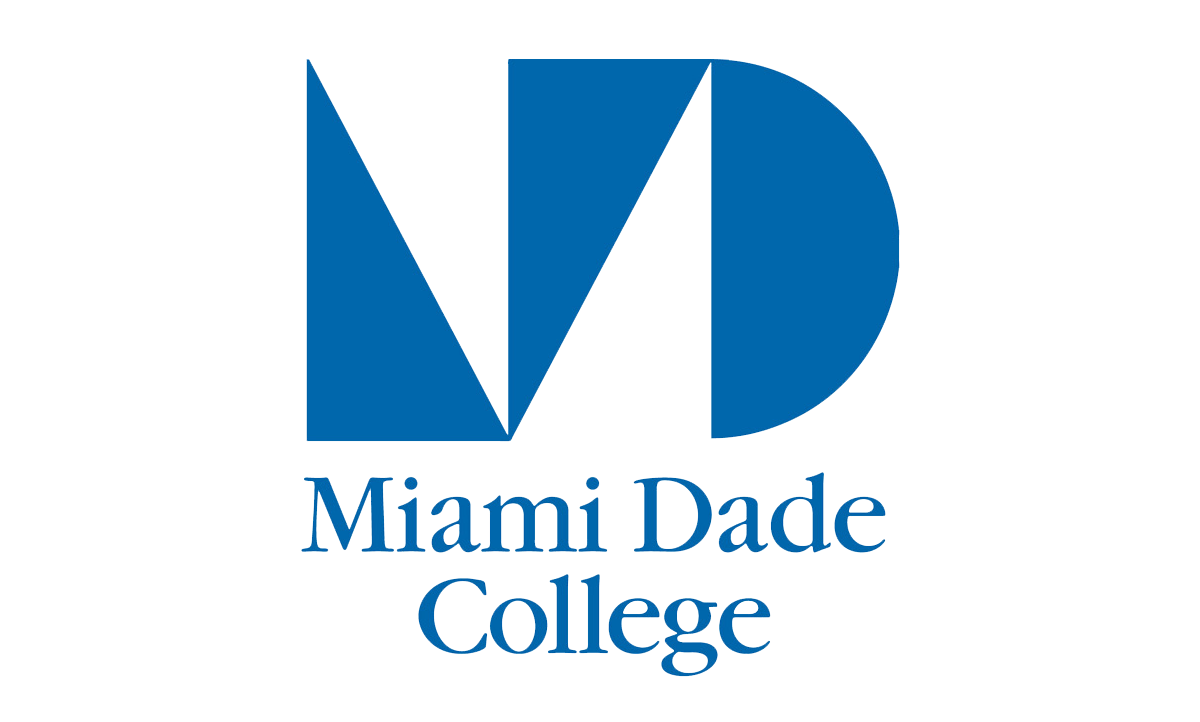Miami Worldcenter gets net-zero emissions boost

Advertisement

As Miami pushes environmentally responsible building to reduce greenhouse gas emissions in the city, which has been called ground zero for climate change problems, the city commission amended the zoning code for the 25-acre Miami Worldcenter district just north of downtown.
The change approved July 22 allows for building and design modifications to achieve net-zero emissions, in line with the city’s plan to be carbon-neutral by 2050.
In 2021, commissioners approved a comprehensive greenhouse gas reduction plan, Miami Forever Carbon Neutral. The ambitious climate action strategy established an interim target of 60% reduction in greenhouse gases from 2018 levels by 2035. The proposal is based on five overarching goals to improve the way people get around Miami, promote renewable energy, electric vehicles, energy efficiency and a new green economy.
The amended zoning makes changes to permit minor modifications to projects with a floor lot ratio up to 20,000 square feet that may receive adjustments in glazing up to 80% to meet net-zero building standards. Glazing refers to the glass component of a façade like windows and doors.
Modern photovoltaic glass can cut energy use and carbon dioxide emissions by 40% in highly glazed buildings, according to a 2022 study by the National Renewable Energy Laboratory.
The new code also requires that proposed net-zero building performance meet the Leadership in Energy and Environmental Design (LEED) Gold certification at a minimum. LEED is a voluntary rating system devised by the US Green Building Council in 1998 to score and certify the sustainability of planned buildings and their surroundings.
The ordinance applies only to the Miami Worldcenter special zoning district in Park West. The district was created in 2008 to revitalize a then-desolate downtown core and promote development of mixed-used communities.
The project lists specific environmentally conscious goals to conserve energy and reduce carbon dioxide emissions through improving pedestrian connectivity, encouraging walkability and transit use, increasing tree canopies and green buildings.
The new legislation states that in 2008, when the Miami Worldcenter district was adopted, construction methods that emphasized clean energy were in their infancy, and now those methods are feasible.
“To achieve the goals, innovative building construction that decreases energy use, reduces carbon dioxide emissions, and are environmentally responsible… greater flexibility should be afforded to projects within the boundaries of Miami Worldcenter,” the adopted proposal reads.
It is in the city’s best interest, it states, to promote structures and processes that are environmentally responsible and resource-efficient to reduce the impact of the built environment on human health and the natural environment.
Miami Worldcenter is rising over 25 acres, generally bound by Northeast Second and North Miami avenues and Northeast 11th and Sixth streets. The $4 billion project is to be the second-largest mixed-use urban development in the nation after Hudson Yards in New York.
The development is led by Arthur Falcone and Nitin Motwani, who began buying land in the early 2000s for the project. It broke ground in 2016 and is over halfway completed, with a 12-story hotel and three residential buildings open, including the 60-story luxury condo complex Paramount and two apartment towers, Caoba and Bezel. Completion is slated for 2024.


